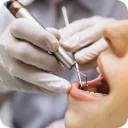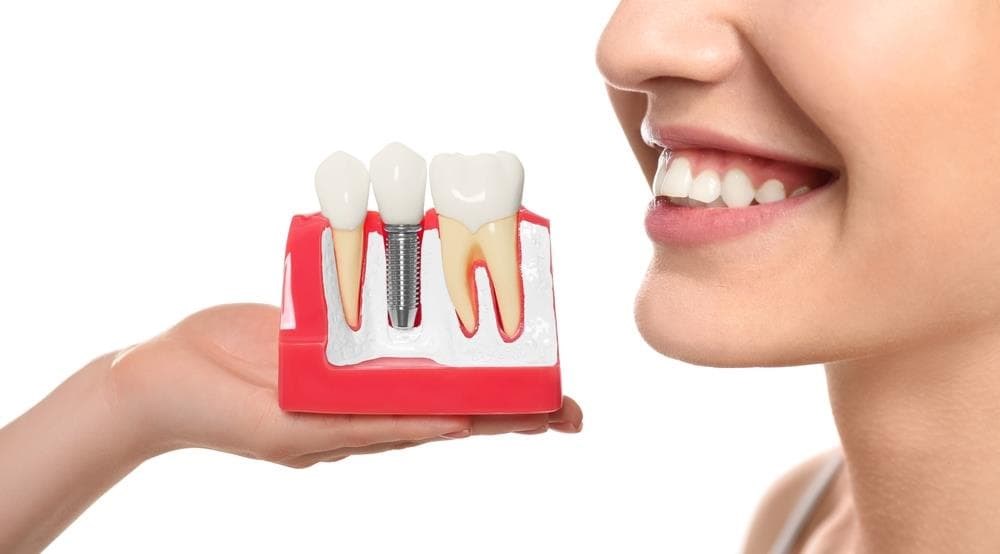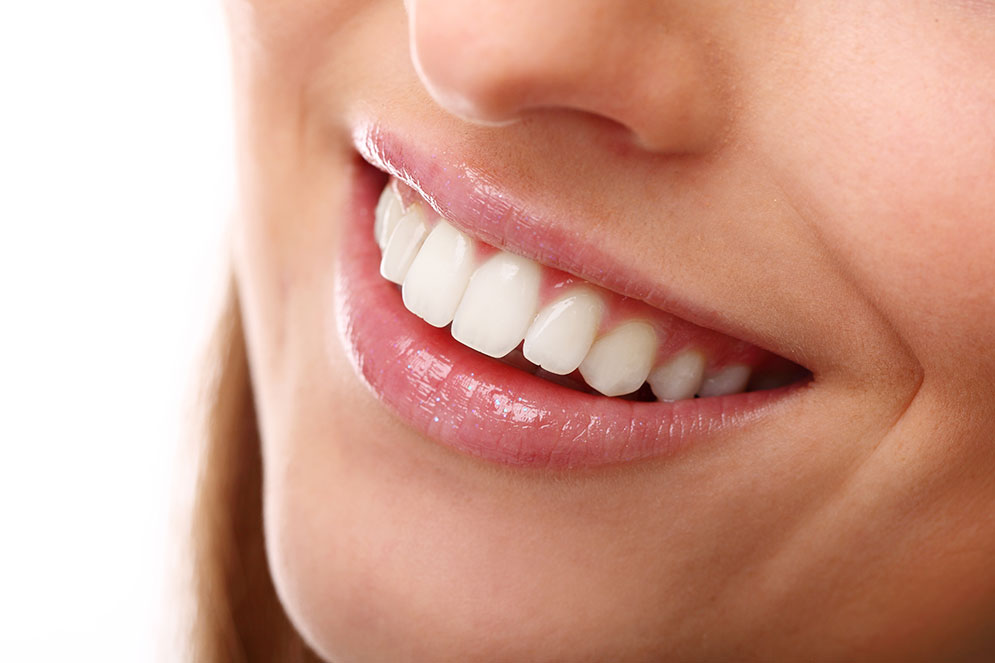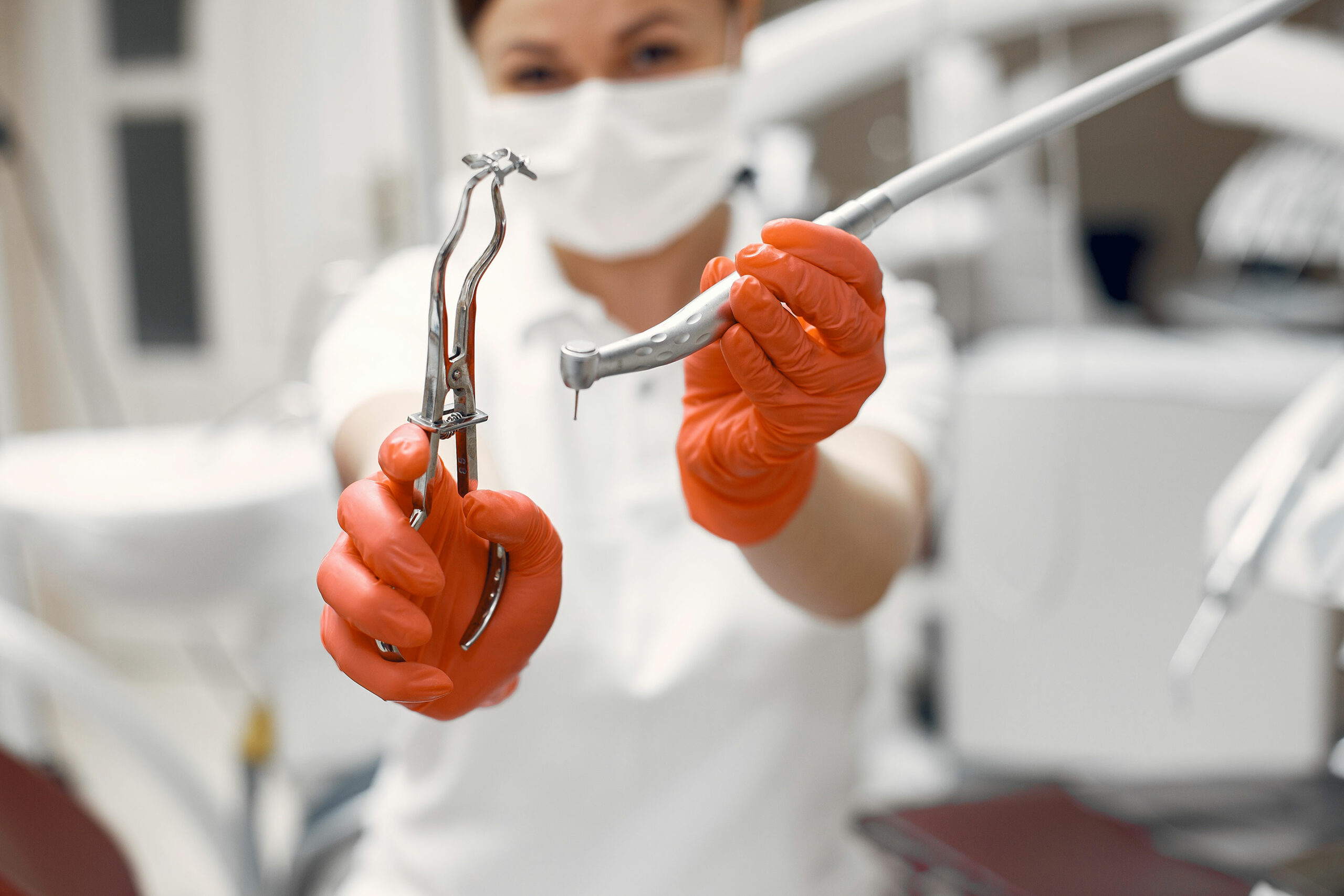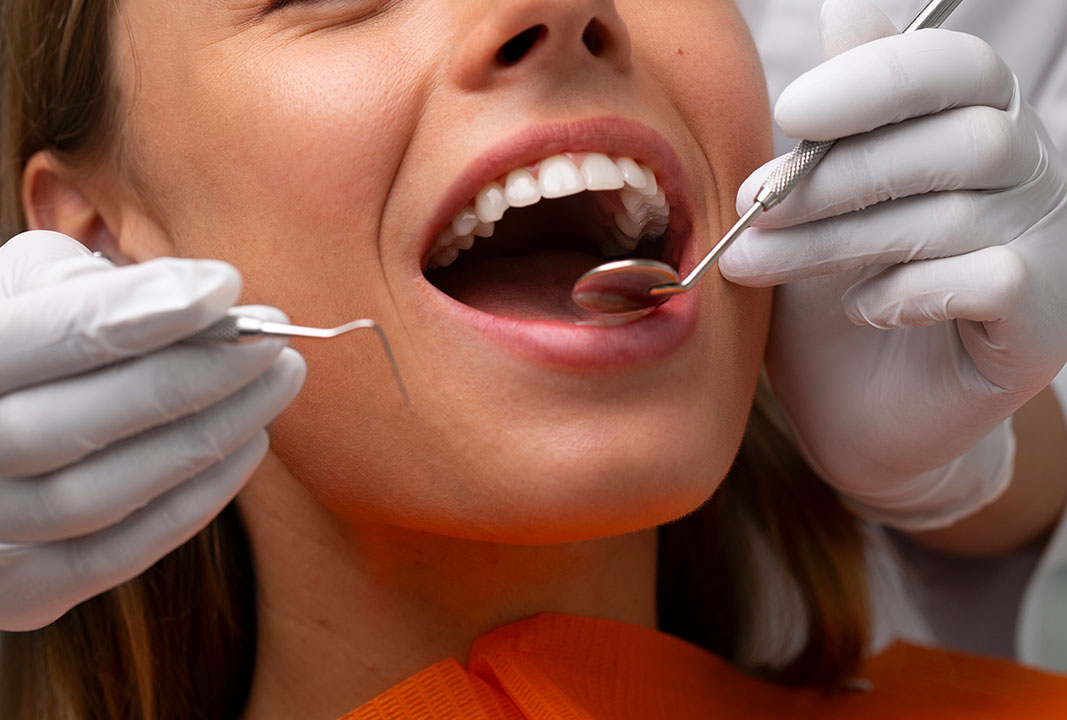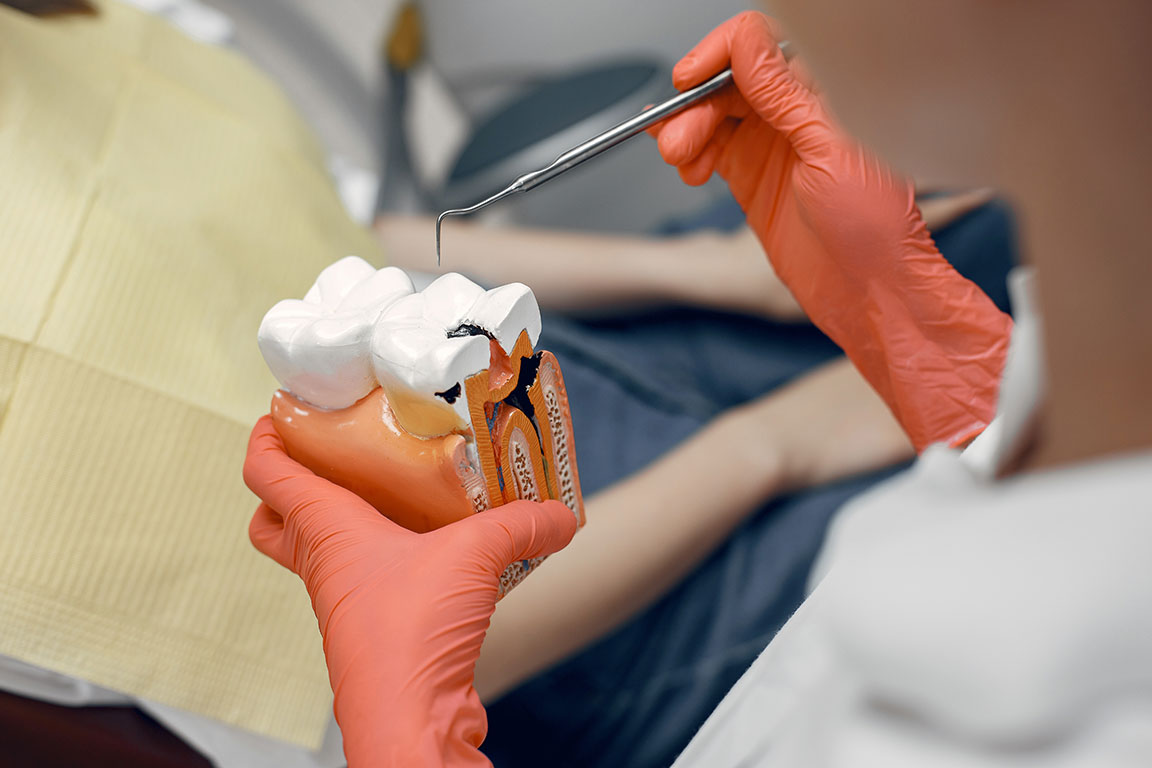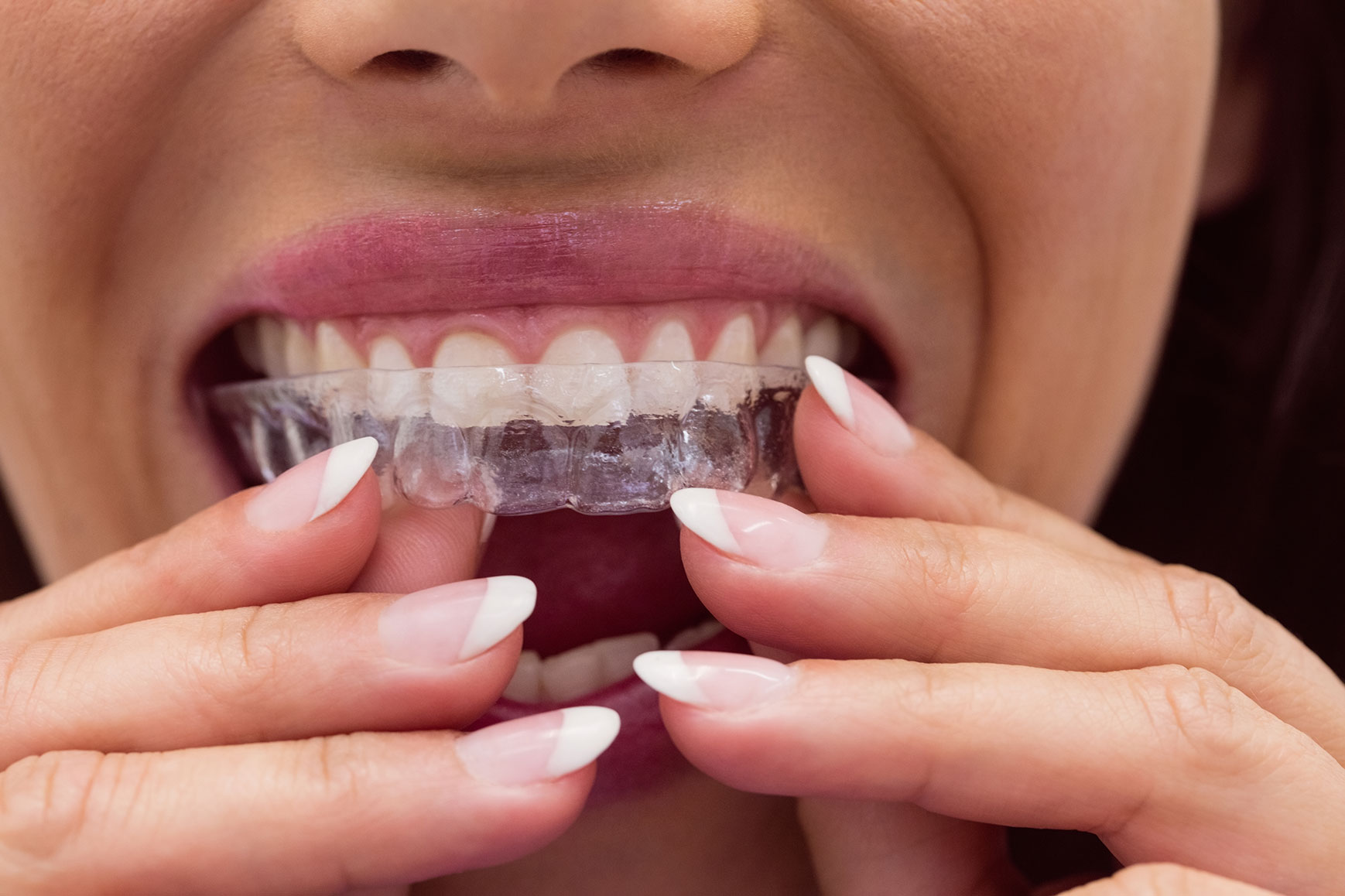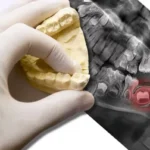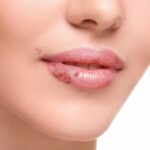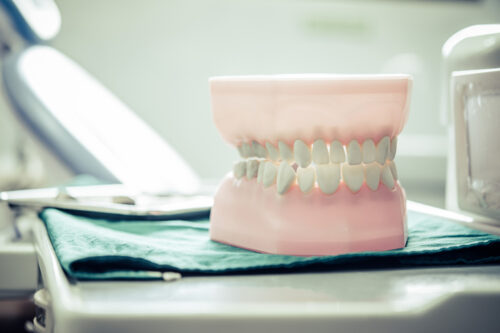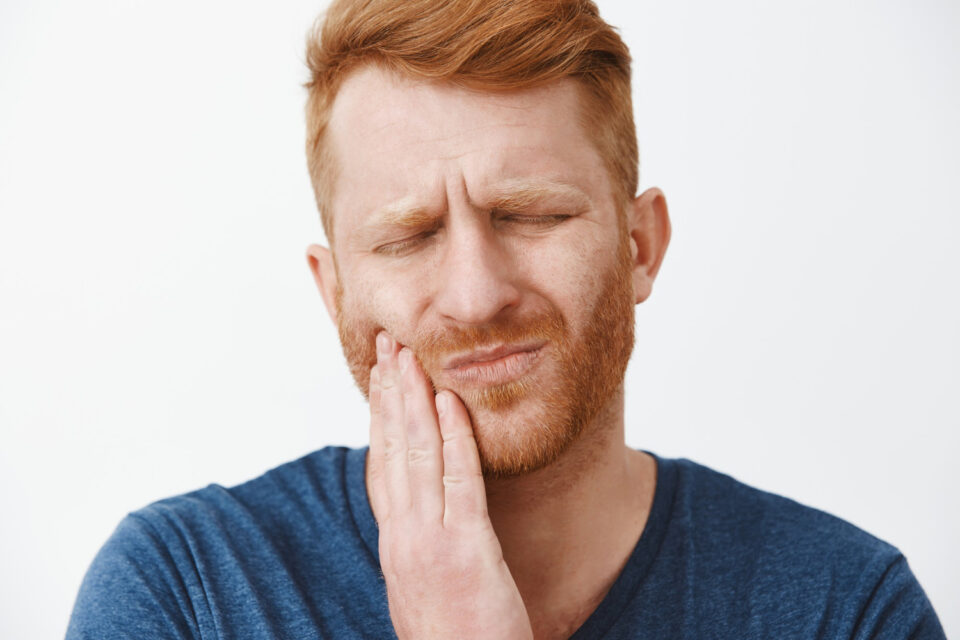Dental bruxism is a more common problem than we might imagine. Many people experience clenching or grinding of the teeth without even being aware of it. At Dentsana Clinic, located in beautiful Costa Teguise in Lanzarote, we are dedicated to offering a comprehensive approach to this disorder to ensure our patients receive the right treatment and improve their quality of life. Below, we delve into everything you need to know about dental bruxism, its causes, symptoms and treatments.
Definition and causes of bruxism
Bruxism is a disorder characterised by involuntary clenching or grinding of the teeth, either during the day or at night. This behaviour can lead to significant wear of the enamel and dentine, and in severe cases, cause exposure of the dental pulp. Despite being a widely recognised phenomenon, the exact origin of bruxism remains an enigma. However, experts agree that stress and sleep disorders are two of the main causes.
Other factors that may contribute to the development of bruxism include problems in the jaw musculature, inadequate sleep habits, inability to relax, poor diet, malocclusion or crowding of teeth, breathing disorders during sleep, poor sleep posture, and anxiety. All these multifactorial causes can trigger a mechanism that seriously affects the patient's dental and general health.
Symptoms and types of bruxism
Bruxism can manifest itself through a wide variety of symptoms, which often complicates its diagnosis. Some of the most common symptoms include pain in the jaw, ears, head and neck, muscle tension in the face, neck, back of neck and shoulders, tooth enamel wear, tooth fractures, tooth hypersensitivity to temperatures and tastes, cosmetic problems such as receding gums, sleep difficulties and insomnia, and temporomandibular joint (TMJ) problems.
Two main types of bruxism can be identified: eccentric bruxism, which involves back and forth movements and causes wear on the incisors, and centric bruxism, which is characterised by the clenching of the teeth on a specific point, affecting more the necks of the teeth. Although this disorder can occur at any age, it is most common between the ages of 15 and 25 and affects both sexes equally.
Treatment of bruxism at Dentsana Clinic
At Dentsana Clinic, we understand that bruxism is a multifactorial disorder that requires a personalised approach to treatment. Our team of experts works with each patient to identify the underlying causes and develop an effective treatment plan that can include everything from tooth protection splints to stress management therapies to correcting postural and sleep habits.
We want to offer our patients in Costa Teguise, and those visiting Lanzarote, a trusted place where they can receive the dental care they need to live without the discomfort of bruxism. If you think you might be suffering from this disorder, we encourage you to contact us for a detailed consultation. You can contact our contact page and leave us your details so that one of our professionals can contact you as soon as possible.
At Dentsana Clinic, your dental health is our priority, and we are committed to helping you take care of it with the professionalism and care you deserve at every visit.

